General
Common Eye Conditions
Symptoms
Diagnosis
Treatment
Maintenance and Prevention
GENERAL
Cats have developed several unique vision features during their evolution that enable them to see more clearly and improve their chances for survival as both a predator and as potential prey. Over thousands of years, distinctive features have been added such as a third eyelid, a thin pale membrane positioned at the inner corner of the eye that keeps the surface moist, and tapetum lucidum, a specialized layer of tissue beneath the retina that reflects incoming light and allows the cat’s sensitivity to light to be about six times greater than humans and greatly increases their vision at night.
Unfortunately, these finely-tuned feline eyes are vulnerable to injury and a wide variety of diseases. Any cat eye infection, traumatic injury, cataract, glaucoma, or retinal disease that goes untreated may lead to eventual blindness.

COMMON EYE CONDITIONS
Conjunctivitis: When the mucus membrane of the eye becomes inflamed, causing redness, swelling, and possible discharge.

Allergies: Much like humans, cats can suffer from allergy-induced itchy eyes
Watery Eyes: Caused by blocked tear ducts or overproduction of tears
Entropion: When the eyelashes are turned inward, the eye may become scratched, irritated, or infected

Third Eyelid Protrusion: When the third eyelid becomes visible and obstructs vision or causes your cat to become cross-eyed
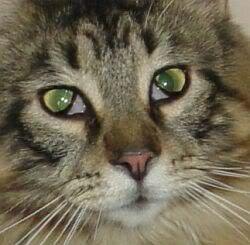
Keratitis: The eye will look cloudy and watery caused by an inflammation of the cornea
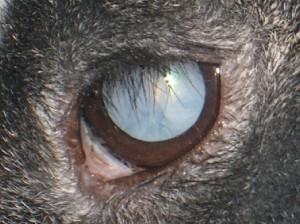
Glaucoma: When the cornea becomes cloudy and the eye enlarges due to increased intraocular pressure

Retinal Detachment: When the eye has a leakage or oversupply of fluid between the two layers and causes the retina to separate from its underlying tissues. This is most frequently associated with high blood pressure, an overactive thyroid, or kidney disease.
SYMPTOMS
- Discharge
- Watering or tearing
- Red or white eyelid linings
- Buildup in the corners of the eye
- Tear-stained fur
- Cloudiness or change in eye color
- Visible third eyelid
DIAGNOSIS
If you see any of the clinical signs of eye irritation or disease, see your veterinarian right away as most require medical attention to improve. Your veterinarian will likely perform a complete ophthalmic examination to determine cause and for more serious conditions, they may send you to a veterinary ophthalmologist.
TREATMENT
Most minor feline eye disorders can be treated with eye ointments or drops, while the more serious conditions may require various surgical procedures.
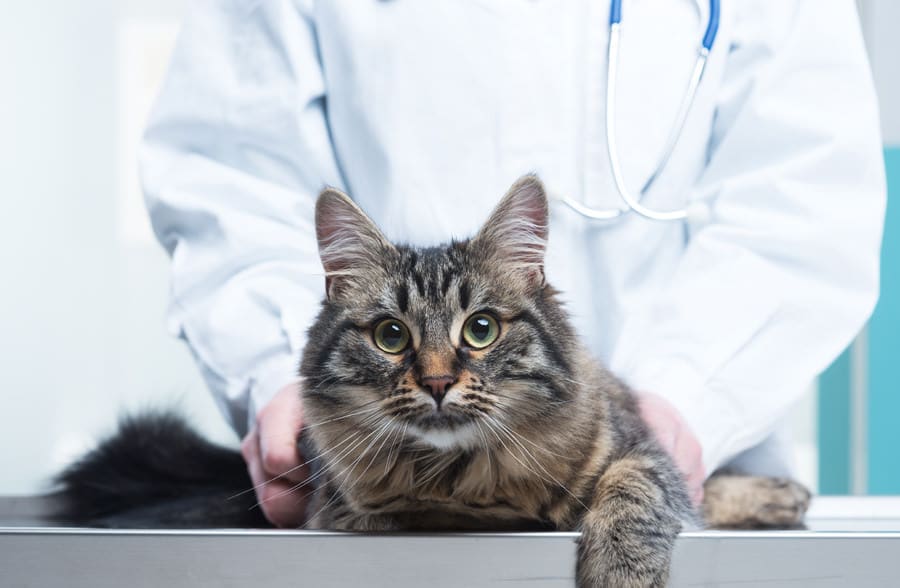
MAINTENANCE AND PREVENTION
There is no single prevention that works for every situation. To examine the eyes, face your cat into a brightly lit area. The eyes should be clear and bright, the area around the eyeball should be white and the pupils should be equal in size. Keep your cat’s eyes clear of any discharge as it can build up and cause a cat eye infection. To do this, use a damp cotton ball or tissue to wipe away the corner of the eye.
This material is provided for educational purposes only and is not intended to diagnose or treat any disease or condition. All specific treatment decisions must be made by you and your local, attending veterinarian.
RELATED PRODUCTS
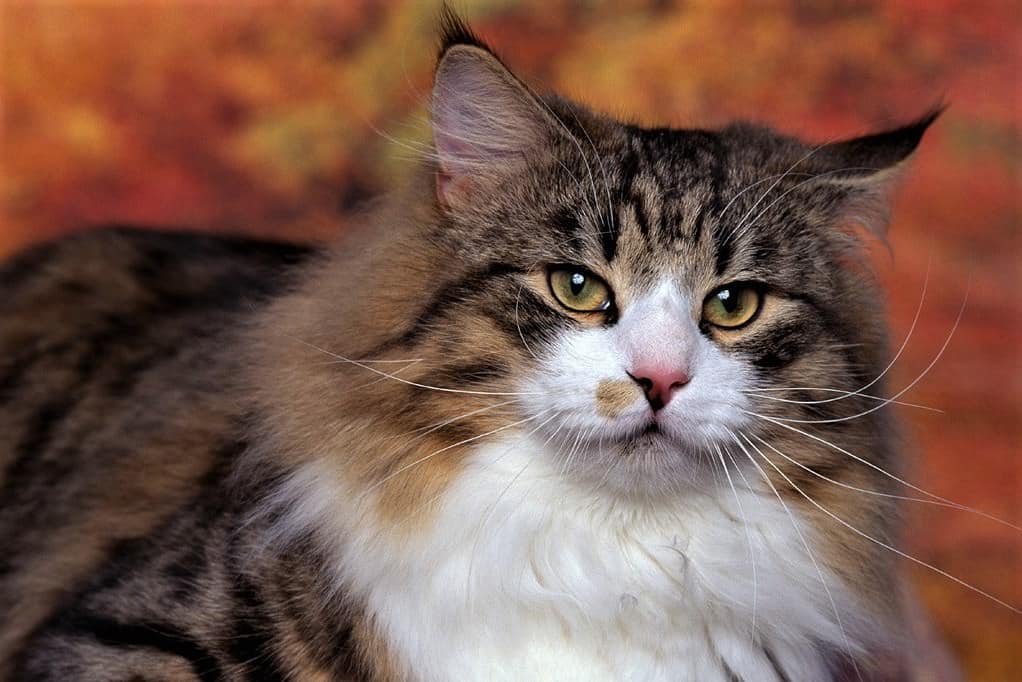

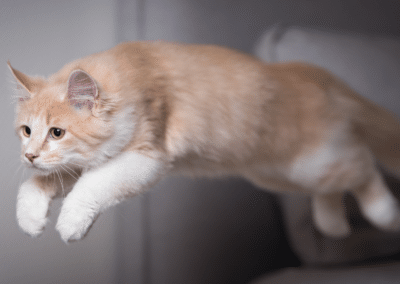


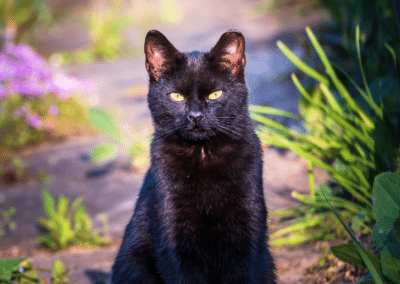
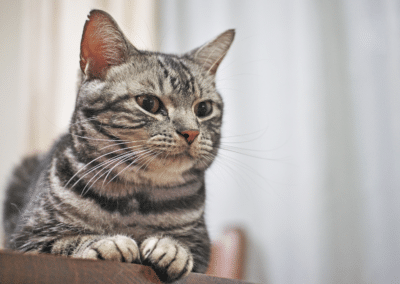


0 Comments